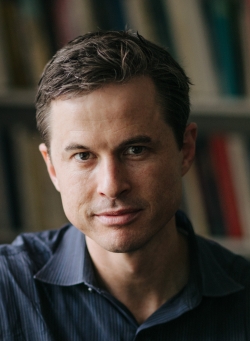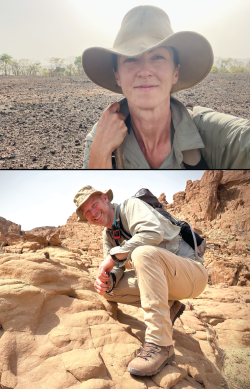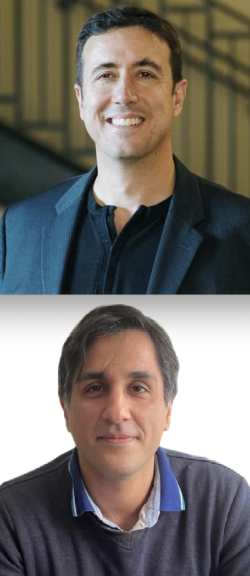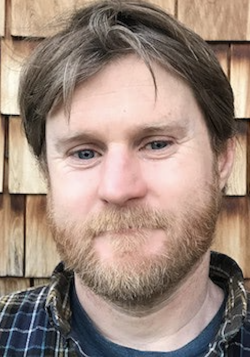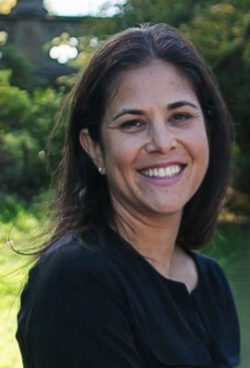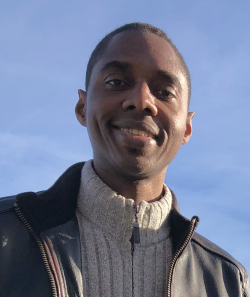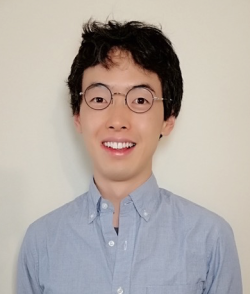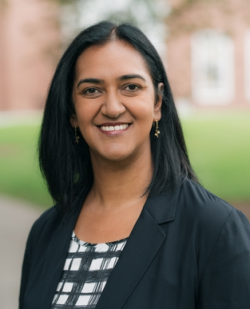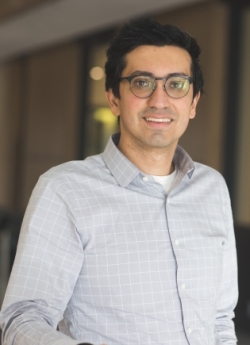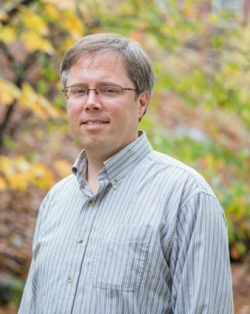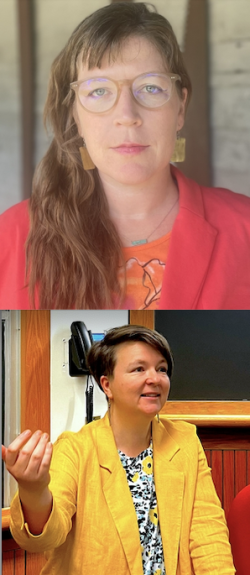Information Flows in Authoritarian Regimes Distant Reading Chronological Biographies of Chinese Communist Party Leaders
The biographical annals, or nianpu, is one of the oldest genres in Chinese historiography, and the Chinese Communist Party (CCP) has inherited this documentary tradition. Since the late 1980s, the party has released numerous annalistic biographies of senior leaders, including Mao Zedong and Zhou Enlai. In an era where the CCP Central Archive remains largely inaccessible to scholars, these official diaries — despite being highly curated and edited — offer crucial insights into the inner workings of the party elite. They document not only the daily activities of leaders but also reference internal debates and documents that are otherwise unavailable, solidifying their status as essential texts in the field.
While scholars have leveraged these biographies to explore various facets of PRC history, my project investigates them as subjects for both historical research and computational analysis. The CompX grant will allow me to work with Dartmouth students to develop a graph schema and a training corpus that will improve automatic extraction of historical events. In doing so, this project will contribute to a more nuanced study of political communication in the world's largest bureaucracy, reconstructing how information was selected and processed over time, and enabling further research into factional politics, policy agenda-setting, and bureaucratic gkvernance in China. Methodologically, this grant will empower historians and other social scientists to leverage LLMs for improved computational text analysis as we refine the complex yet foundational task in extracting structured, event-related information from historical texts.
